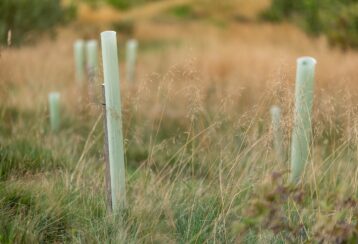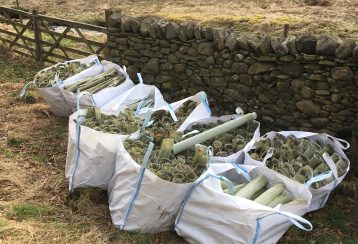After hearing the insightful learnings shared at the recent Forest Plastics Working Group Conference, Tubex is calling for open-minded discussion and further considerations of the wider sustainability factors involved in tree protection.
The Forest Plastics Working Group Conference, held in November in Leeds, focused on the use of plastics in woodland and tree protection. While many at the event called for the banning of plastic and the exclusive adoption of biodegradable alternative materials, there was plenty of evidence to suggest that plastic shelters – if managed correctly at end-of-life – remain amongst the most effective and sustainable forms of tree protection.
Tree shelter manufacturer Tubex is asking those sceptical about the merits of plastic shelters to view them more holistically. In particular, Tubex says there is a misconception that shelters are single-use, disposable products – whereas they offer a recyclable, scalable and cost-effective solution for tree planting.
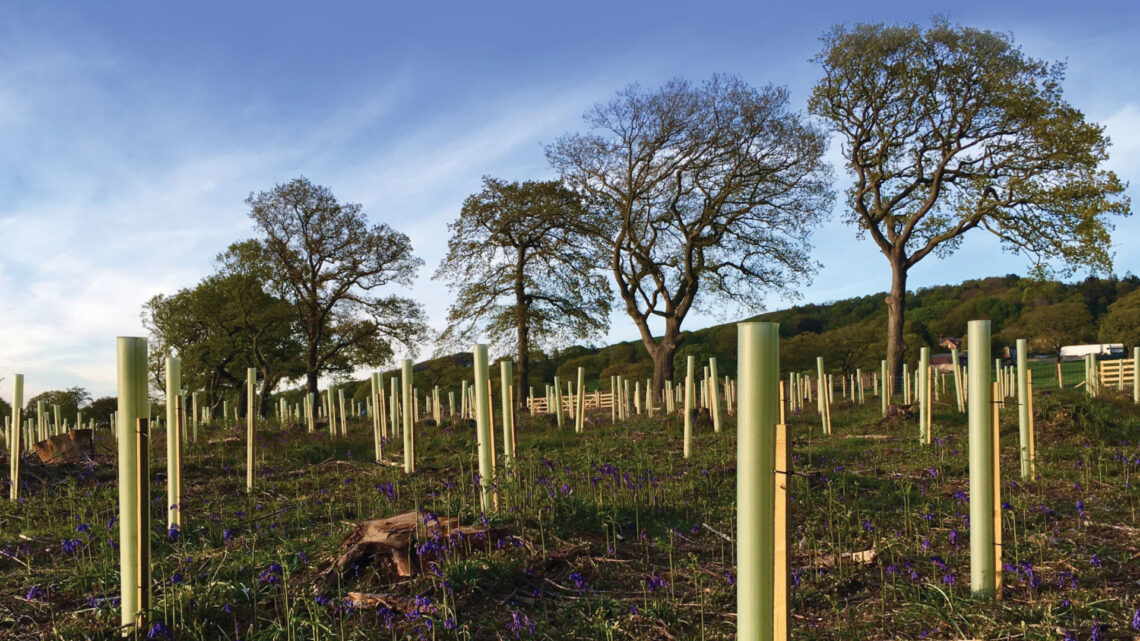
“Can a product that is typically in use for at least eight years really be considered single use? How many people would describe their car tyres as single use plastics?” said James Taylor, Marketing & Product Development Director at Tubex.
Tubex agrees with the Working Group that the industry should reconsider its use and placement of tree shelters. For example, it may be inadvisable to use tree shelters near exposed waterways where the risk of loss is much higher. The sensible selection of the right product in the right place should also continue with new biodegradable shelters.
“Biodegradable tree shelters have a vital role in tree planting efforts but some of the current conversations around their role is based on the false assumption of a ‘set-it-and-forget-it’ mindset to overall tree shelter use,” said James Taylor from Tubex.
“The current debate is an important one but is lacking in critical nuance which can ultimately lead to a worse sustainability situation – both in terms of material usage and increased tree failure rates.”
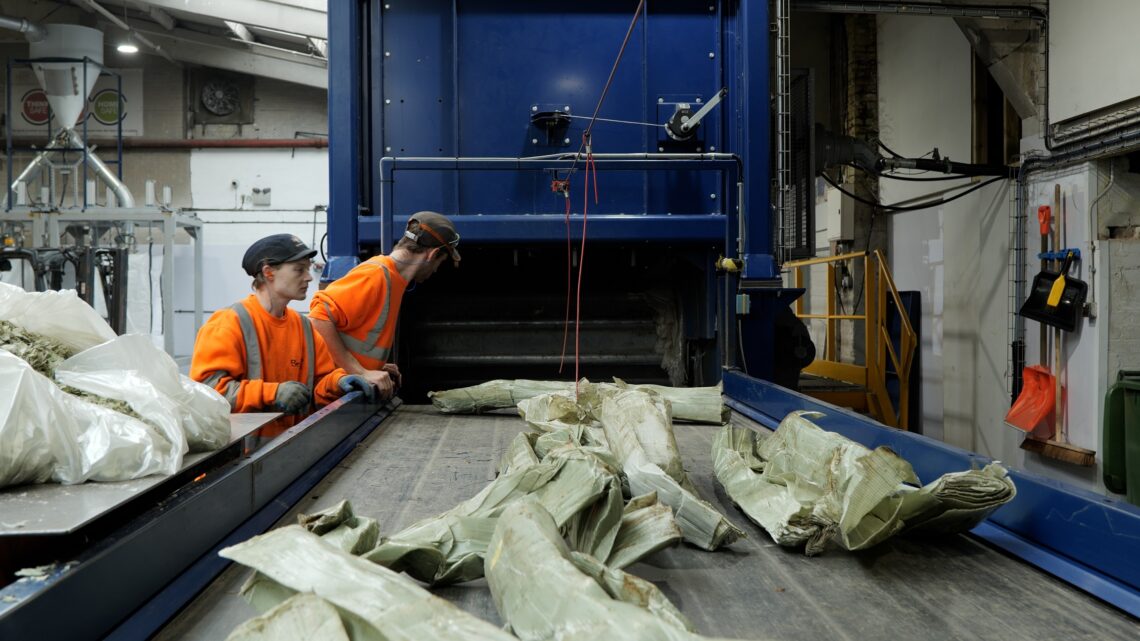
Circularity in material use is a key sustainability consideration for Tubex, which argues that polypropylene shelters manufactured using recycled materials and recycled at end-of-use are the most sustainable tree protection solution according to current third-party LCA studies – which were also discussed at the conference. It is also in line with the concept of circularity as opposed to a make to waste process.
The Forestry Commission presented various research into biodegradable shelters, which concluded that the forestry industry should continue using traditional plastic tree shelters and collect and recycle until more data is available.
These surprising findings support that plastic tree shelters can offer a sustainable solution, as long as they are recyclable and used only when needed.
In recognition of this, Tubex already offers its Collection & Recycling Programme to allow the responsible disposal and reuse of the plastic tubes at end-of-life. Tubex is already discussing with industry stakeholders how this scheme can be even more encompassing and easy to access so that we see as many tree shelters collected and recyled in a closed loop system as possible.
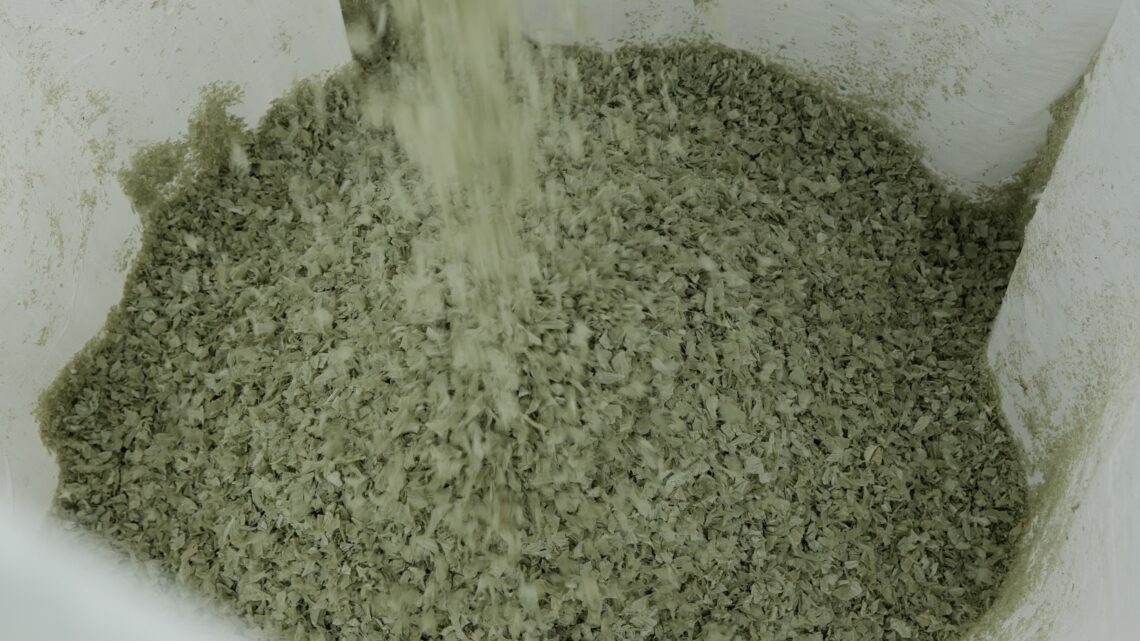
However, the company also offers a biodegradable shelter, Tubex Nature, which is described as ideal for planting in locations where collection and recycling is impractical.
Whilst biodegradable shelters have an important role in achieving targets and protecting saplings in isolated areas where collection isn’t possible, we do not currently see them as a blanket solution to individual tree protection due to much higher costs and the fact they promote a linear economy.
Recent targets set by the UK Government call for the creation of roughly 30,000 hectares of new woodland every year. In 2020 to 2021 under half this amount was planted due to many factors, such as labour shortages and a lack of planting best practice.
“With the huge planting targets in the UK at the moment, there is still an undeniable requirement for tree protection and by using and reusing shelters responsibly, it can be sustainable,” said James Taylor.
“It’s vital to remember that everyone in the forestry and tree planting sector is working towards the same goal – planting as many trees as possible, while maintaining successful establishment rates.”

